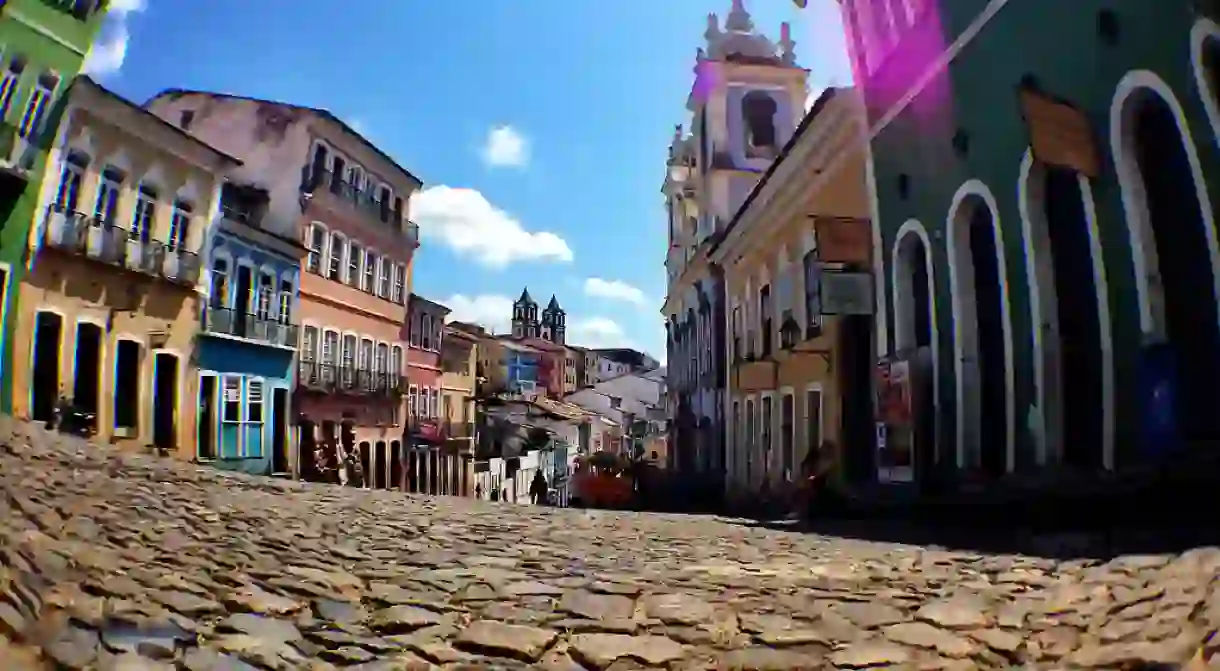The Top 10 Things to See and Do in Pelourinho, Salvador

Salvador’s old city is brimming with colonial architecture and promises a rich cultural experience down every turn. Take in the best of the historic Pelourinho district, a UNESCO World Heritage Site, in Salvador with Culture Trip’s top 10 exciting things to see and do.
Igreja de São Francisco
Watch a capoeira performance
This martial art has strong roots in Bahia, but its popularity as a sport has grown to include practitioners all over the world. Check out a live capoeira jogo or game in the historic square, and watch as the two capoeiristas dance in a dizzying array of kicks, spins, and feints to live traditional music. It’s a mesmerizing experience that offers an important look into Afro-Brazilian history.
Ride the elevator

Head to the market
Building, Architectural Landmark, Market, Bazaar

Make a wish (or three)
Speaking of souvenirs, the traditional Fita de Bonfim is a popular item to take home from Salvador. These ribbons come in various colors to signify different wishes, and they are usually wrapped around the wearer’s wrist and left there until they wear all the way through. You’ll see plenty of these ribbons throughout the city, tied on church fences and the wrists of Bahians. Get yours and make your three wishes before you leave the city.

Experience a samba bar
The Pelourinho district comes alive at night, with live music and dancing practically spilling out into the streets. Hop into whatever samba bar suits your taste and be prepared to join in the fun. Ask a local for a little help with the first steps and the rhythm, and then relax into the music. Samba is all about letting go, so enjoy yourself, and indulge in a caipirinha or two – it doesn’t hurt to loosen up.
Peruse the local art scene
Bahia and Salvador are fertile grounds for African-inspired art, so hop into some local shops, art galleries, and museums to see what strikes your fancy. The Pelourinho area is great for perusing textiles as well, so don’t limit yourself to what hangs on a wall. Chat with the artists if you can to see what inspires their art, and you’ll likely get a great story about the Afro-Brazilian culture.

Settle in at the town square
Try the street food
Bahian cuisine is renowned throughout Brazil for being some of the best. It has some deep African ties, and you should check out at least one street food stand during your stay. Traditional foods include acarajé, a fried bean snack often topped with shrimp. Some stands are so popular that you may need to wait in line; however, it’s worth it.














